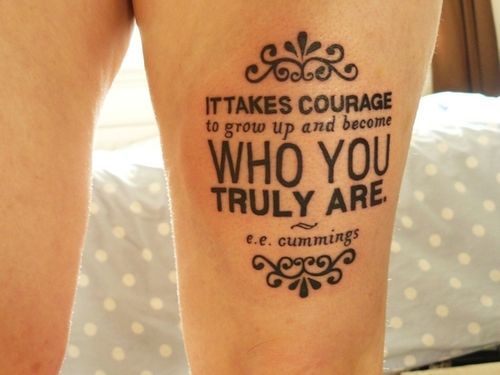 |
| Source: http://danielbischoff.blogspot.com/ |
A recent encounter with a former co-worker brought back vivid memories of an on-campus work-study job. The thing that she
remembered about me was that I enjoyed doing one of our mandatory, crappy jobs
early in the morning--cleaning the facilities early in the morning. Funnily enough, I hated the task. But instead of avoiding
it, I got to it as quickly as possible in order to get it out of the way.
Here’s the back story: In college, I took a work-study
position at the campus gym and volunteered for the early morning shift. This
meant entering the building by 6:30 each morning, cleaning all of the
facilities, equipment, group fitness and racquetball rooms, mopping the
gigantic gymnasium floors, and seeing to customers. One staff member had to be at the reception desk at
all times, so these jobs couldn't be done in tandem.
Early in my tenure, I worked with a really good friend who helped
me figure out two important truths about arriving on time. First, we could both do a couple loads of laundry every day in the industrial
machines before the rest of the staff reported to work. Second, if we switched off and tackled the work in shifts, we’d get it
done quickly; one day she’d take the floors and I’d take the rest, and the next
day we’d swap.
So, while we always got to work by 6:30 and got to our jobs
as quickly as possible, we were still working when clients started coming in at 7am. However, we’d only be hampered by them for about a half hour. It was a well-timed process. We both got to finish up the hard work and spend
the rest of the time on homework, projects, or just surfing the net between
greeting customers.
The friend who mentioned my "cleaning fetish" was someone else
that I worked with on the morning shift, briefly. The working relationship was different
with this peer she came in at quarter-to-seven in the morning. So, the plan to start
cleaning up the filthy, huge gym right by 6:30 didn't work—by
the time we got started clients were queuing to come in and use the facilities that we were to
clean. On these mornings, as soon as my counterpart entered the building I made a bee-line for the cleaning
supplies to get the hated task completed quickly.
Anyway, speaking to my former coworker and hearing that she
thought I loved the cleaning aspect of that job—those years ago—makes me feel a
bit proud. I was able to complete those tasks efficiently, without voicing too many complaints.
This brings me to the moral of this story: We all have a task we don’t like at work. The best way to handle it is approach it with the same effort
and enthusiasm as the best parts your the job, and do it well.













































